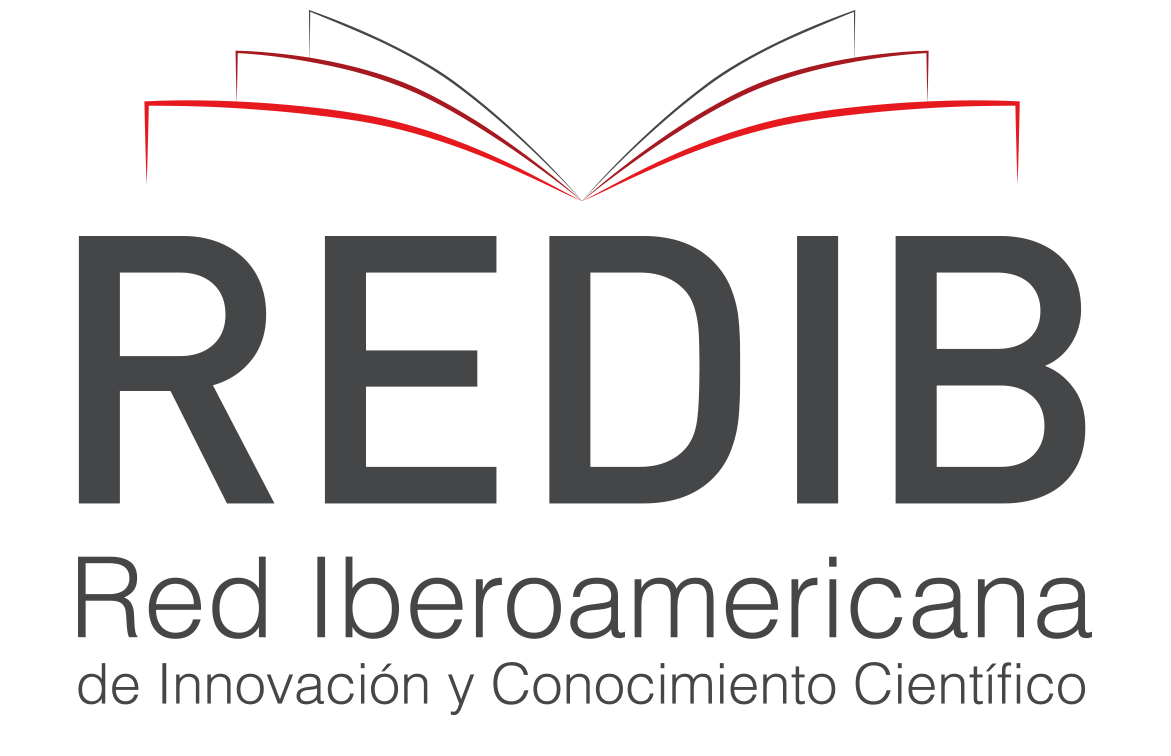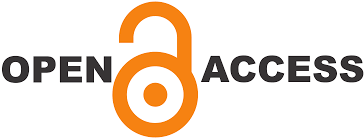SOUND/AUDIOVISUAL DOCUMENT AS A TEACHING AID IN FLE CLASSE TO DEVELOP ORAL COMPREHENSION. AN OBSERVATION AT THE BENGUELA TEACHER TRAINING SCHOOL
Keywords:
Communicative competence, oral comprehension, , sound audio-visual documentAbstract
Learning a foreign language means opening yourself up to the world, discovering news ways of expressing yourself acting and interacting. Throughout this work, we recognize into the teaching and learning of French as a foreign language. Thus, the study show the reasons why teachers and students do not take advantage of the materials made available to them by the Resource Centre and the Manual that come with CDs and DVDs with the purpose of improving Oral Comprehension. However, students know the language without even being able to produce it: This choice is due to the difficulties identified among future teachers. This article aims to propose a lesson plan and respective exploration grids for sound/audio-visual documents. It is important to note that this research is descriptive and application, using observation and statically methods. And to collect data, we applied questionnaires aimed at teachers and students. The results of our research show that the use of audio-visual documents is practically non-existent. The lack of continuous training prevents the insertion of these documents among teachers and students.
References
Babic, A., (2014), Les avantages de l’utilisation des matériels audiovisuels en classe de FLE, Université de Zagreb.
Barrière, I ; E. Hélène et Gella. F., (2011), Les TIC, des outils pour la classe, Presses Universitaire de Grenoble, Pug, Grenoble.
Cappelle, G et Gidon. N., (1999), Reflets I, Paris Hachette.
Compte, C., (1993), La vidéo en classe de Langue, Paris, Hachette.
Cuq, J.P., (2003)., Dictionnaire du Français Langue Etrangère et Seconde, Paris, Clé International.
Chalaron, M.L., (2009), Évolution des courants méthodologiques, Paris, CNED.
De Nucheze, V., (2009), Pragmatique, analyse des interactions et didactique de l´oral, Paris, CNED.
Guichon, N., (2012), Vers l´intégration des TIC dans l´enseignement de l´oral. Les éditions Didier Paris.
Lancien, T., (2004), De la vidéo à Internet. Paris, Hachette.
Mawete, S., (2010), L´intégration pédagogique des TIC au Congo : réalisations, défis et perspectives : Paris, Publibook.
Mangenot, F et Louveau., E (2006), Internet et la classe de langue. Paris, Clé International.
Pasquier, F., (2000), La vidéo à la Demande pour l´apprentissage des langues. Paris, Clé International.
Rosen, E., (2007), Didactique des langues étrangères, Paris, Clé International.
Sarra, K., (2015), Le rôle du document vidéo dans l´enseignement/apprentissage de la compréhension et expression orales en classe du FLE., Paris, Hachette.
Santos, A., Ch., (2015), Vers la conception d´un programme de formation en français destiné aux futurs professionnels de l´hôtellerie et du tourisme dans le contexte angolais. Lisbonne. FLUL
Tome, M. (2009), Weblogs Éducatifs pour l´enseignement d´une Langue Etrangère. Synergies, Espagne.
Vera, P.C., (2009), Le web 2.0 dans l´enseignement du français. Paris, Hachette.
Vasco, E., N., (2016), La vidéo en classe du FLE. Benguela, Université Katyavala Bwila.
Downloads
Published
How to Cite
Issue
Section
License
Copyright (c) 2025 CLÁUDIO SALOMÃO ANTÓNIO

This work is licensed under a Creative Commons Attribution-NonCommercial-ShareAlike 4.0 International License.

























